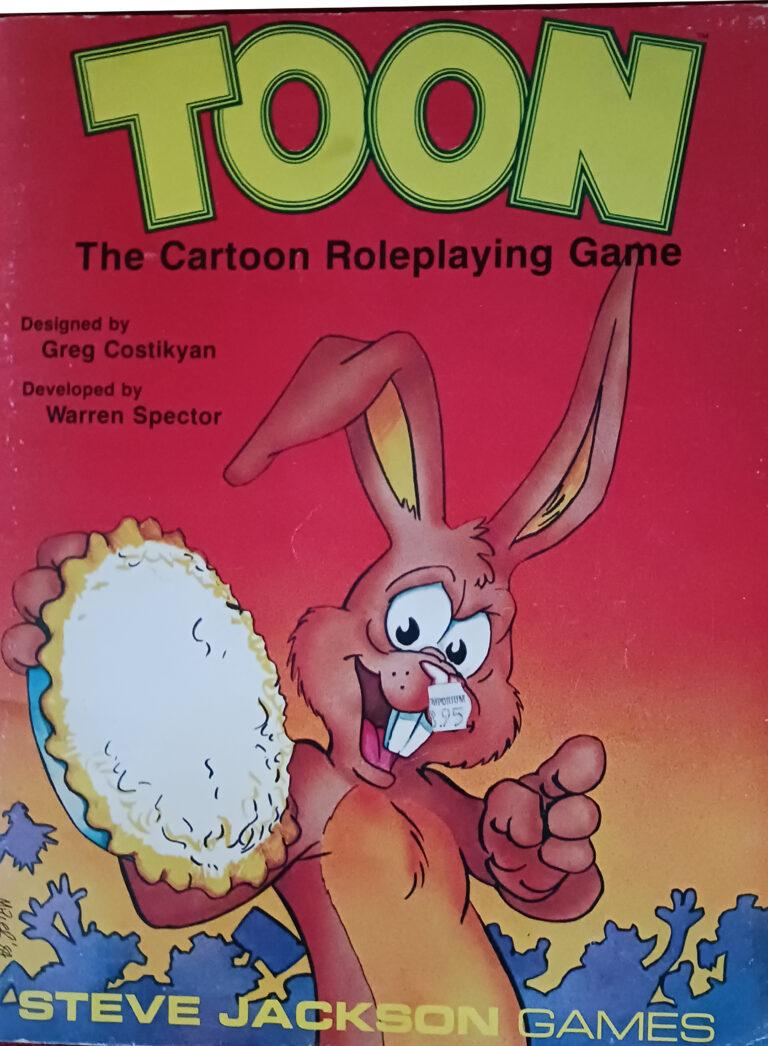When I was new to the game back in the dark ages long ago we had the rule books and we slogged through them to learn the game dealing with whatever mistakes we made (and there were soooo many) along the way. This was fun and we eventually figured everything out, but this isn’t the only way to learn the game. You can teach your children or friends their favorite role-playing game even if you aren’t an experienced game master.
The most important thing to explain to new players is that there is no “winning”. This is about story telling. They are a part of the story you’re all creating together. It’s not an amusement ride that the DM has constructed, it’s a team built construct. It’s also important that the players realize they are portraying other characters, not making decisions based on what THEY would do.
I personally start explaining the rules in the most basic way; the DM sets the stage, then asks the players “what do you want to do”, and the players describe what they want to do, anything they can imagine. At that point it is the DM’s job to interpret how that wish fits within the rules. You can explain how rolling to use a skill works within the game mechanics, but it is important to stress that the players can try anything they imagine – they aren’t limited to a list of actions.
Likewise, the players may be intimidated by the rules of combat. While explaining this you should emphasize that combat is just one result of an encounter, it is not the focus of the game. During the first combat you should go slowly, explaining the use and meanings of surprise, initiative, to hit and damage rolls. They will soon be used to combat, but if you stress the combat rules first, then combat will be how they assume all encounters are resolved. You want to promote role-playing, in and out of combat.




